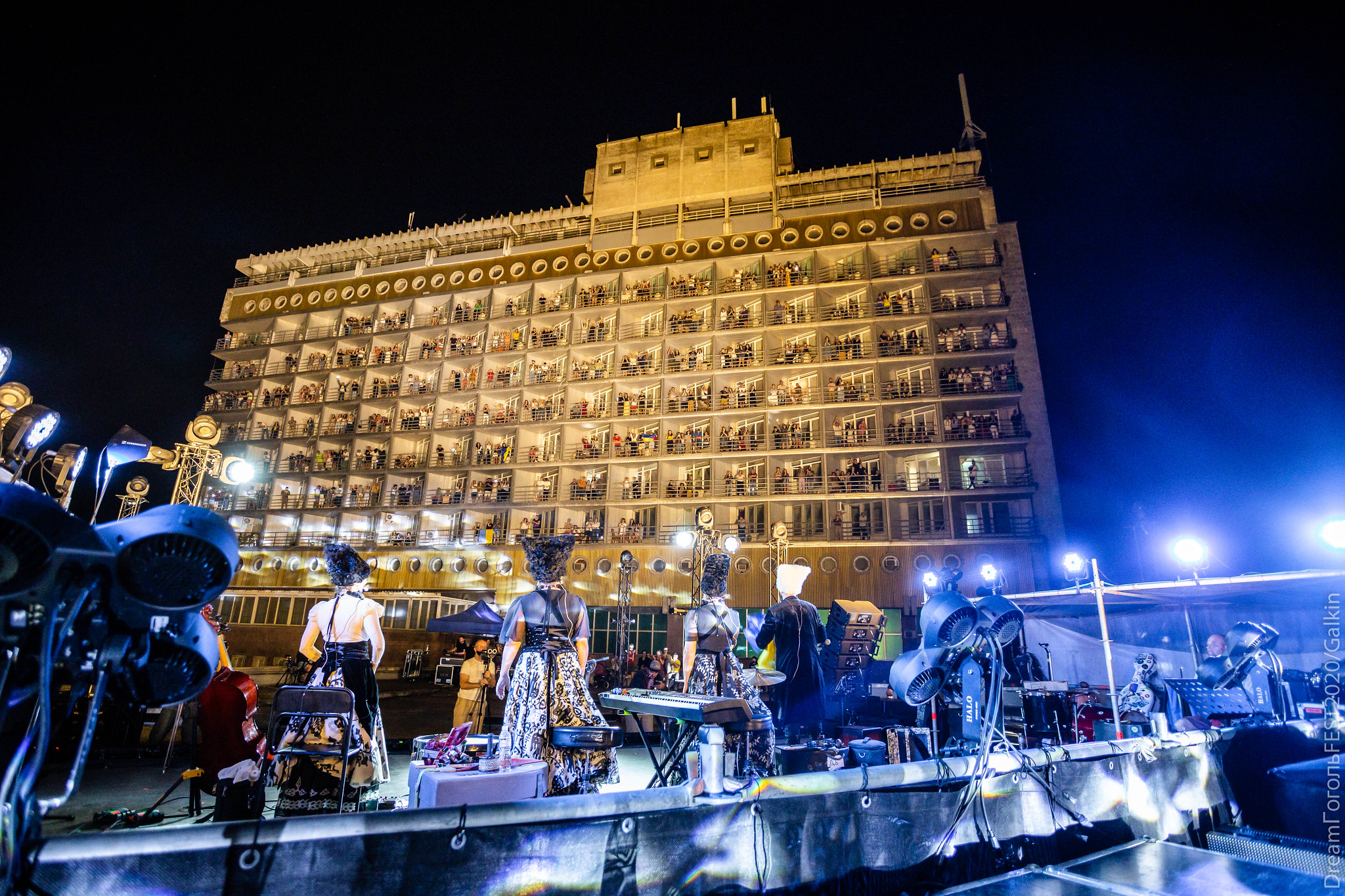
HOW TO MAKE A MUSEUM COLLECTION INTERNATIONALLY RENOWNED
LSH* is a government agency in Sweden. It includes three museums: the Royal Armoury2, Skokloster Castle3 and the Hallwyl Museum4. All three institutions are located around Stockholm but are managed by a central office of 50 employees that include curators, administrators and guides. Despite the relevantly small number of employees, in 2014 alone the museum saw 393,000 visitors! The LSH’s annual budget is 7 million euros. It includes revenue from admission fees and government funding.
Mission: Make the collection more accessible
The museum collection is very diverse and includes 90,000 pieces. Like many other museums, the LSH recently digitised its collection. Two photographs worked on the project. They worked on 1 to 100 pieces a day and a team from the museum later added the necessary information and uploaded the information to the server. Today around 40,000 pieces are already available online and the museum plans to finish working on the entire collection by 2025.
In 2012, the museum formulated its digital strategy setting itself specific objectives:
- Expand the current public database interface so that users are able to view and load high resolution images;
- Improve the quality of accompanying information, such as keywords for improving search options or information about the photographers;
- Adjust the server so that SOCH (Swedish Open Cultural Heritage)5, the Swedish national web aggregator, is able to use it;
- Transfer all images, when copyright allows it, to Wikimedia with a link to its own database.
This is how the project “Open Image Archive” was born. The museum presented it to the Swedish innovation fund Vinnova and was able to obtain funding in the amount of 31,000 euros.
Decisions
The museum had a limited marketing budget, so it decided to use already available platforms with a wide network of users. And they were spot on! Before the “Open Image Archive”, not many people were able to view the collection. But everything changed as soon as the team launched access to the digitised archive and simplified the search. As a result of collaboration with the active Wikipedia community, the collection photographs began to appear in several of its articles. A large portion of the images is used in the Swedish Wikipedia, but they are also available in Wiki versions in other languages such as English, Japanese, Russian, Danish, Vietnamese and Thai.
Results
The project was launched in 2012 and in 2014 the LSH began to use a tool to monitor the number of page views on Wikipedia of articles that include images from the collection (and other Wikimedia sites). The statistics showed that up to February 2015 there had been 5 millions views of such pages! All LSH employees are very proud of the achieved results and consider that they are on the right path. Their position was further justified when in 2014 LSH received the prestigious MUSE award.
*Livrustkammaren och Skoklosters slott med Stiftelsen Hallwylska museet (Livrustkammaren, Skoklosters Slott, Hallwylska museet, Swedish Open Cultural Heritage)
Find out more about the project at: http://goo.gl/4Rt5y9




